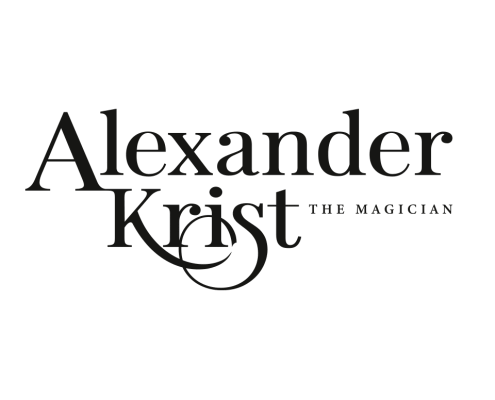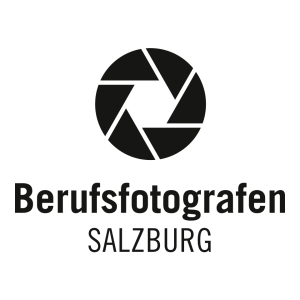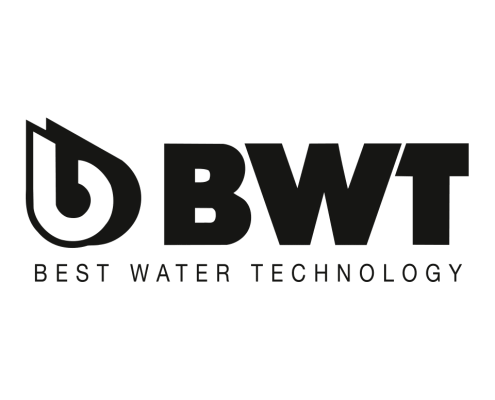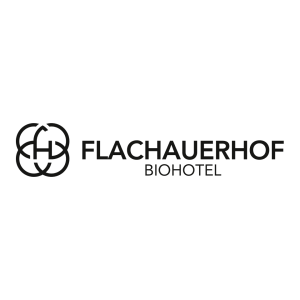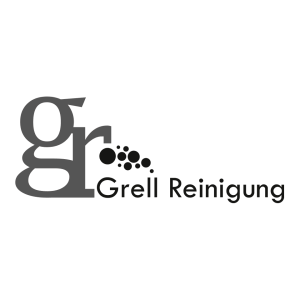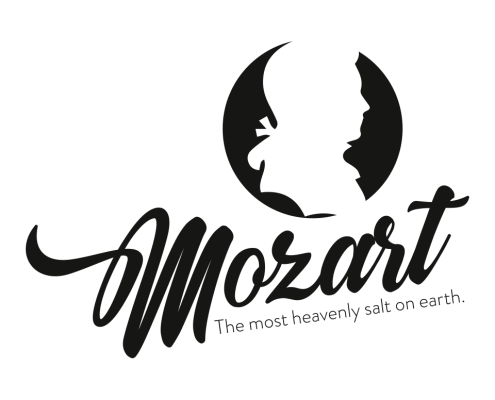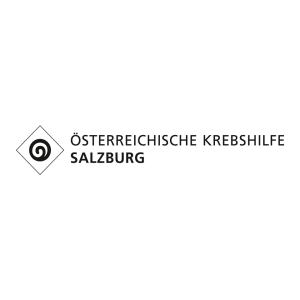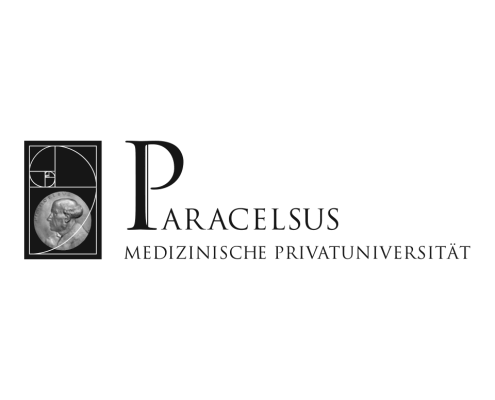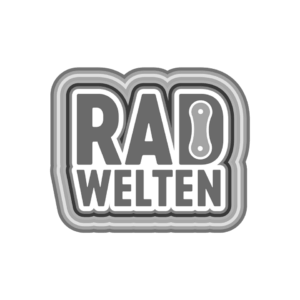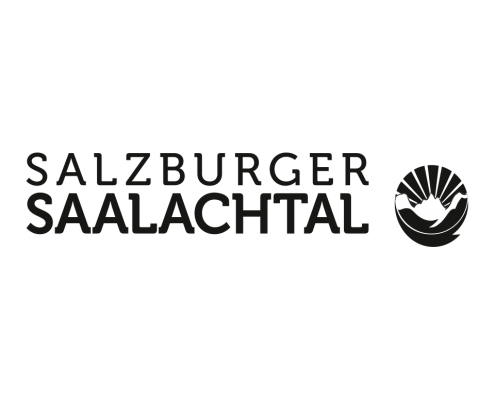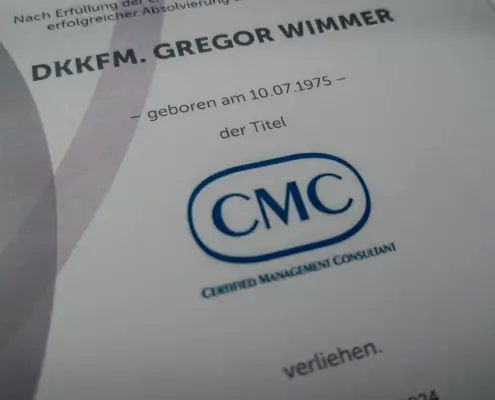The most common software for image processing, "Photoshop", has developed continuously since my first professionally used version 5.0 from 1998 until today, and rapidly in the last few years.
Due to the constantly growing computer capacities, for example, it was a huge leap between "I'll wait 15 minutes until my image is saved" and the possibility introduced in Photoshop CS6 2012 to save images in the background while editing the next image. This "small" innovation alone has robbed every single image editor of any prospect of a "computer-induced forced break", which in the past could extend to half an hour, or one simply saved once during the lunch break and hoped for the rest of the day that everything would work out. Of course, not only the computers of the image editors have developed further, but also the cameras of the photographers. The amount of files that we process today in a single image and save within seconds used to be entire server partitions.
Another very helpful development in recent years has been the use of CGI (computer-generated images/renderings) in image processing. This made it possible to invent new environments, stages and entire worlds, for example, to be able to stage product images in a special way or to generate the product images themselves, without shoots and exclusively virtually. In the last decade, many photo shoots have been replaced by render work, especially in technical areas such as the automotive industry. Here, the image editor is often challenged to conjure humanity into "dead images", which brings me straight to the current topic of our time, artificial intelligence (AI) and machine learning (ML).
Currently, the topic of "AI image generation" has arrived in the masses and is also being gratefully accepted for the most part. Back in 2010, we had the pleasure of generating backgrounds for the first time in image processing with the help of artificial intelligence embedded in our software to save us hours of retouching work or at least to create a good basis. This is exactly where we are again today in Photoshop, the then feature "Content-Aware Fill" has been further developed and can now not only generate areas from the environment of the image, but has been given its own brain. After the first tests of the beta version, one is afraid of having one's work taken away from one, but experience shows: with every possibility we are offered to generate images, even more images will be created and even more image processing will have to be mastered. Personally, I am happy about every further development and combine these "new tools" with my "old knowledge" about image processing, so that the images remain in the usual excellent quality, supported by artificial intelligence.



